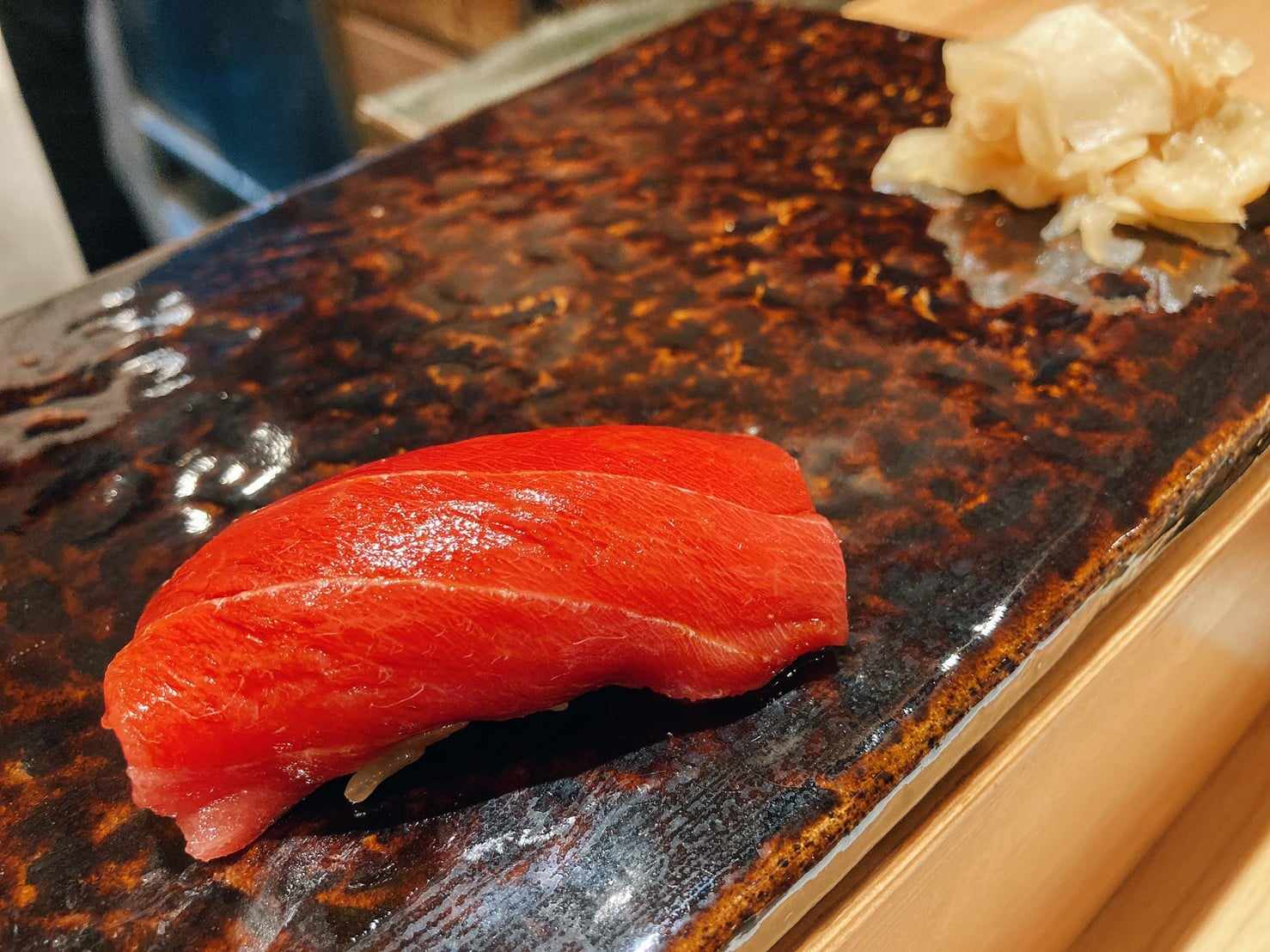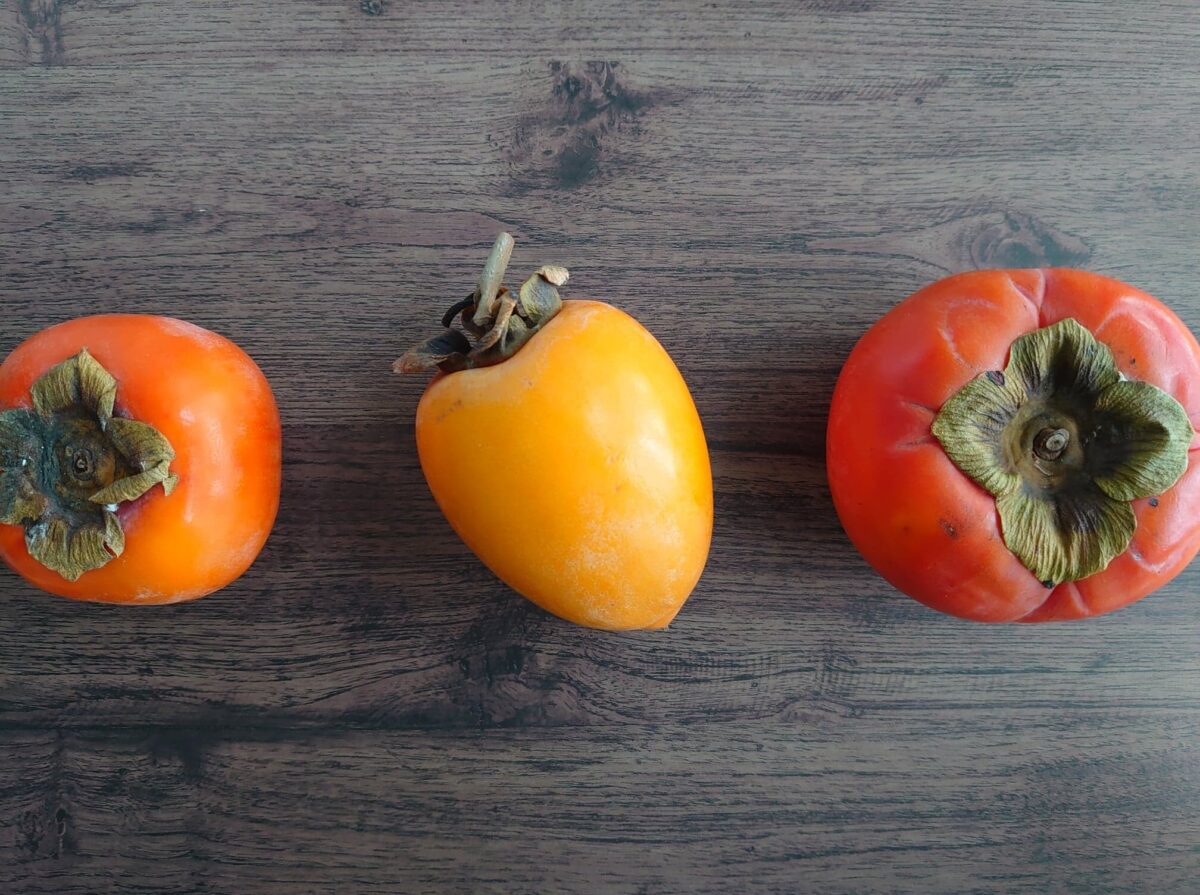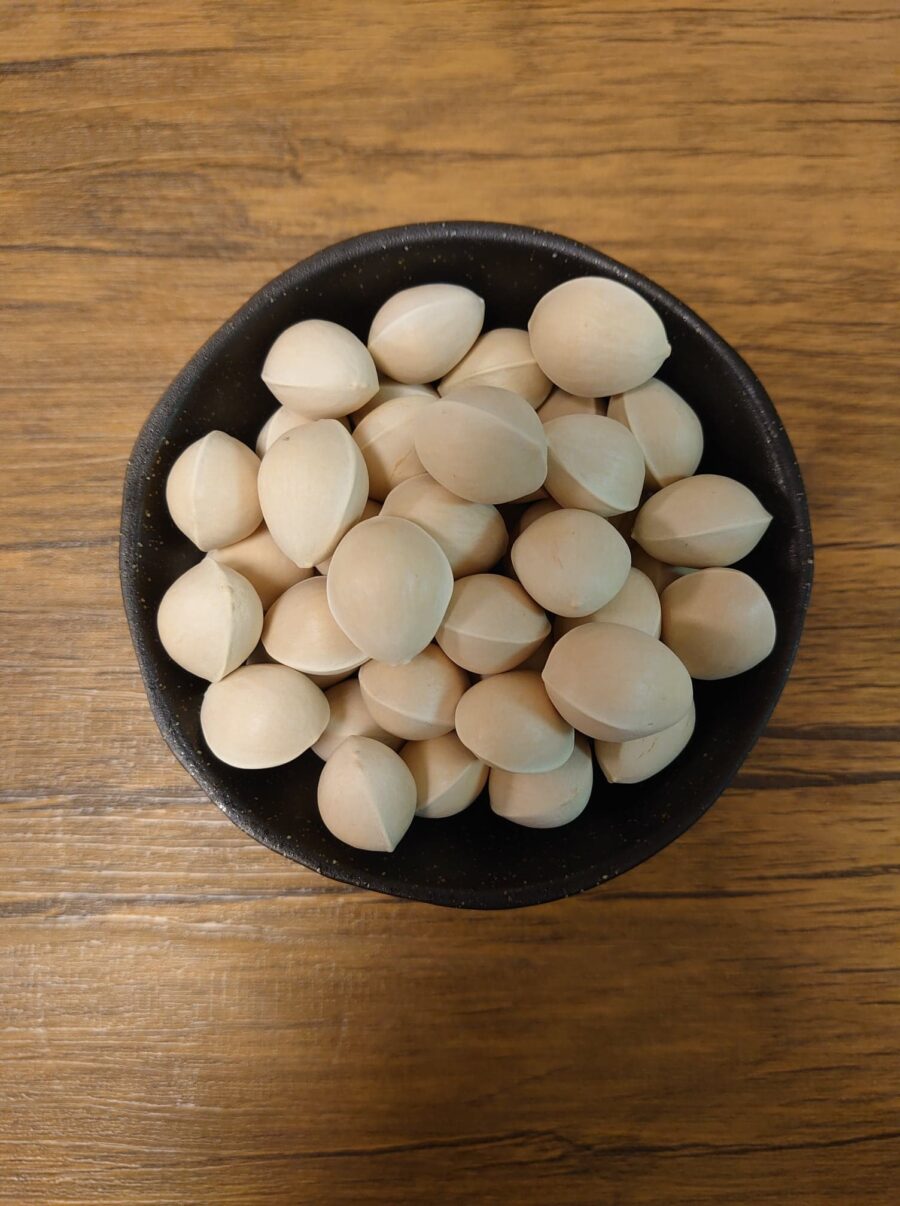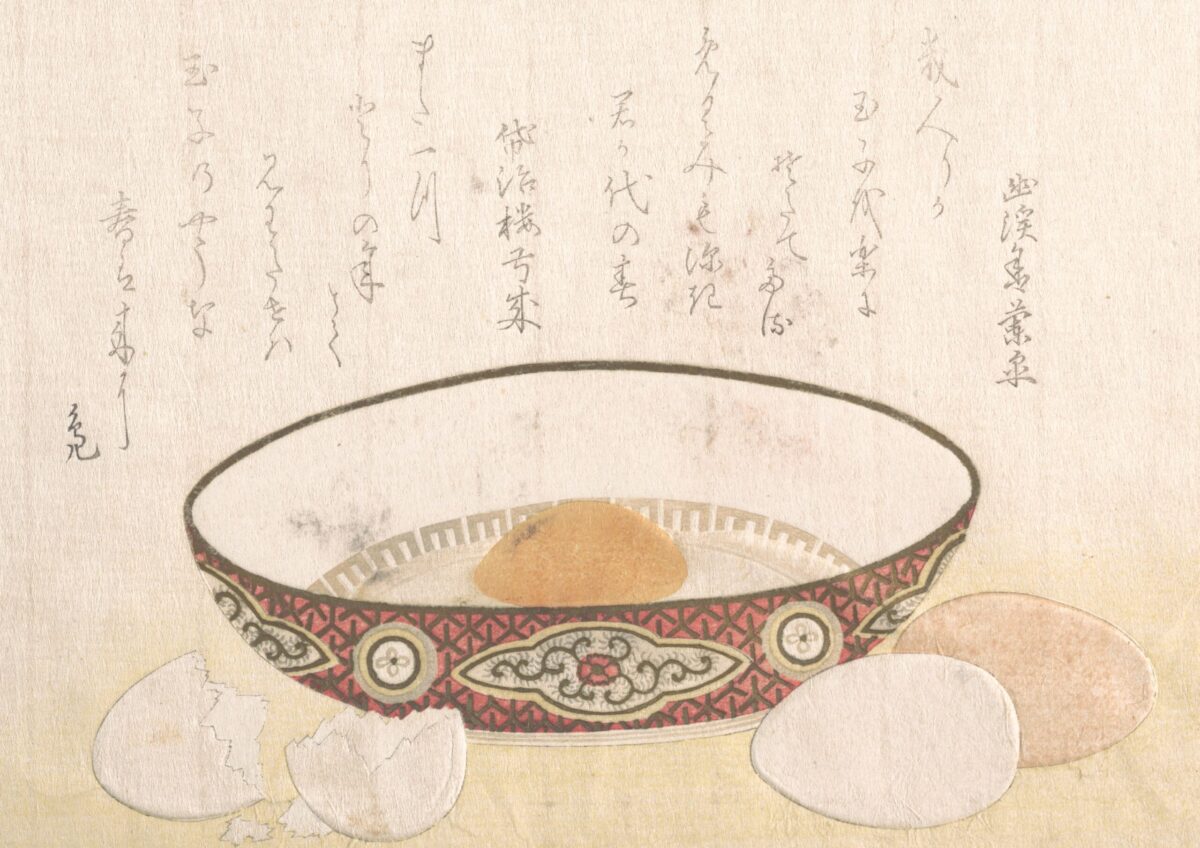Japanese cuisine is characterized by simplicity. Although of course some preparations are more elaborate than others, usually only a few ingredients are included in a recipe, and they do not get overly transformed by the cooking process. The ingredients stay pretty recognizable both in terms of shape and test, which makes the quality of ingredients of paramount importance in Washoku. In this page, you will find all the blog posts related to the unique ingredients that feature in Japanese cuisine.

Tuna: the humble origins of Japan’s most prized fish.
Every year, the tuna auction in Japan makes headlines, where a single fish fetches the equivalent of tens of thousands of dollars. Spending thousands of dollars for a fish, however valuable, may seem out of the ordinary for those unaccustomed to Japanese things, although I find this the perfect example of the Japanese business mentality.…

Kaki, the Japanese persimmon
Persimmon, or kaki 柿 in Japanese – and other languages, including Italian! – is one of the national fruits of Japan. Having been brought to the Archipelago in the 7th or 8th century AD, the long history of this fruit in Japan helped its spreading in Japanese food culture: from its status of paragon of…

Ginnan: the (smelly) gingko nut.
Autumn in Japan is great! Leaves turn red and yellow, temperatures are still fairly warm, and most days are sunny. While I was growing up in Northern Italy, I always had an image of Autumn being rainy, chilly, and overall a time to stay home, but since I moved to Osaka it’s been the total…

Eggs in Japanese cuisine
During my first interactions with Japanese cuisine, one of the things that impressed me the most was how eggs were consumed. As an Italian, I grew up eating eggs either boiled, fried, or prepared as a frittata, and never ate a raw egg in my life. My parents told me they sometimes drank raw eggs…

Sanma: a case study in food seasonality.
If I had to choose one characteristic that defines traditional Japanese cuisine, it would be its emphasis on seasonality. Well into the temperate zone of the Northern Hemisphere, Japan has four distinct seasons. The season’s cycle grants variety to the Japanese diet as different resources become available at different times of the year. Of the…

A trip to Fukuoka, and some food for thought (it was mentaiko!)
A couple of weeks ago, I went to Fukuoka, a city in the North of Kyūshū in Western Japan: other than being a major port, Fukuoka is also renowned in Japan as a gourmet city. Particularly worth mention are its two meibutsu 名物, or local delicacies: one, a pork broth-based ramen, known as Hakata ramen,…
